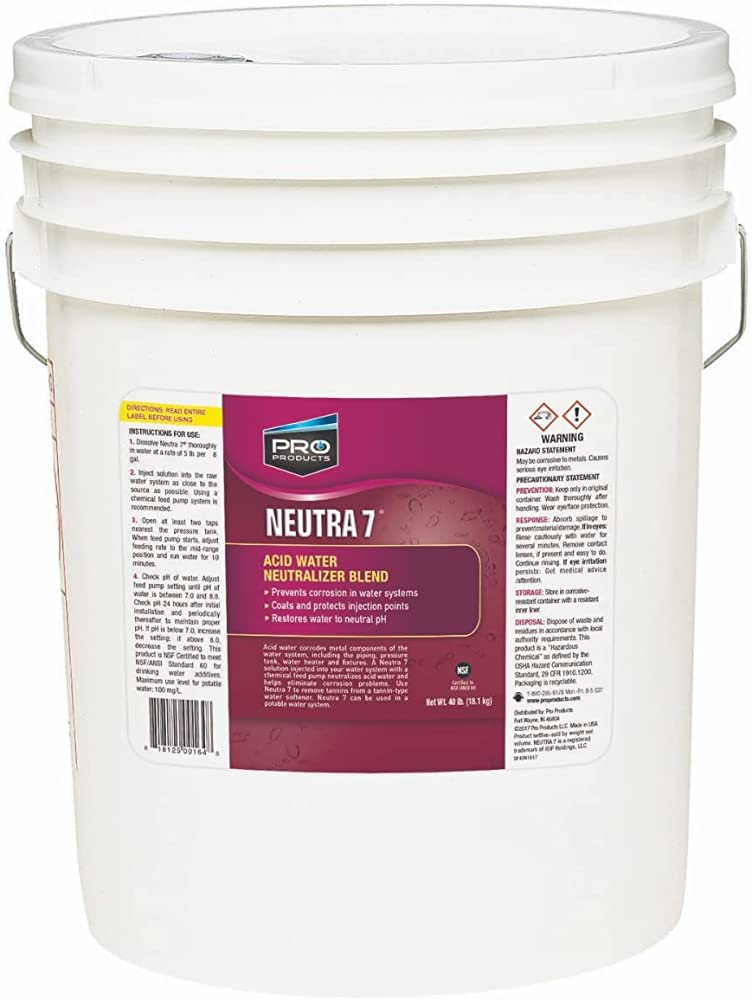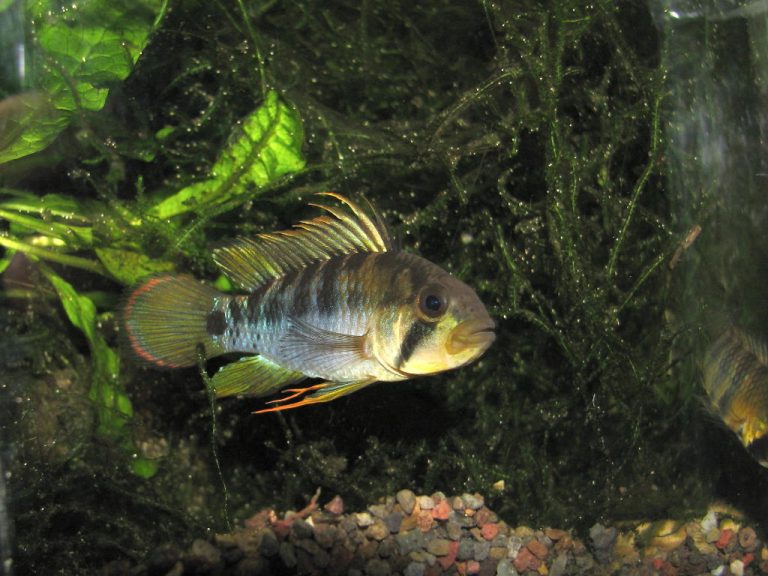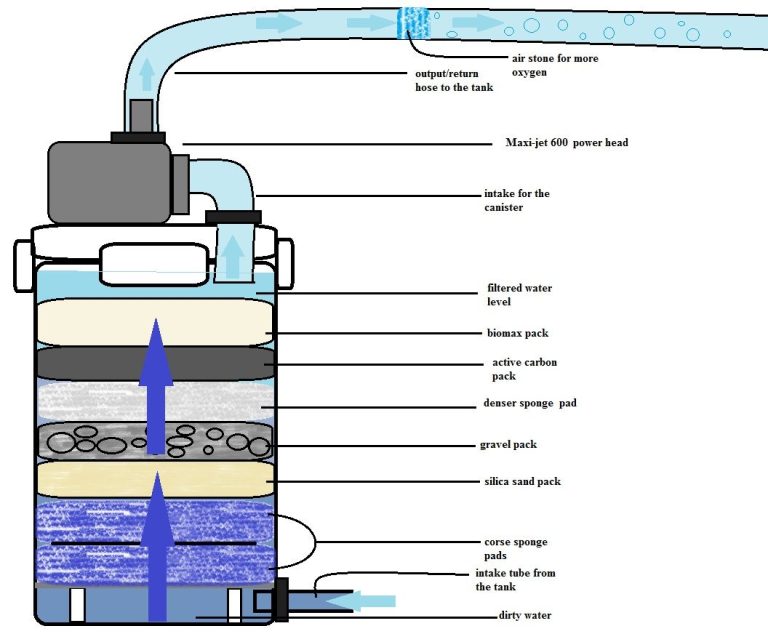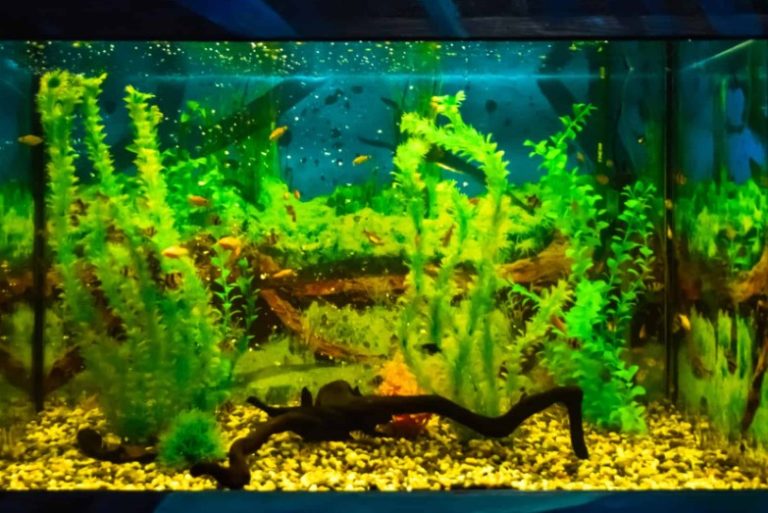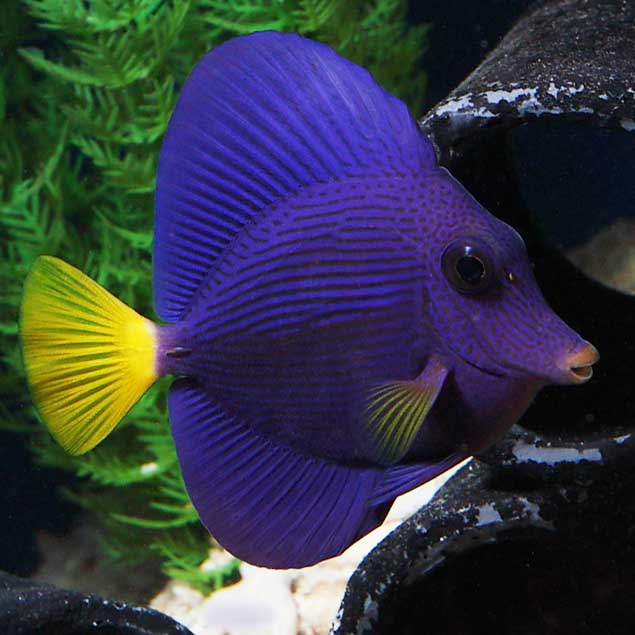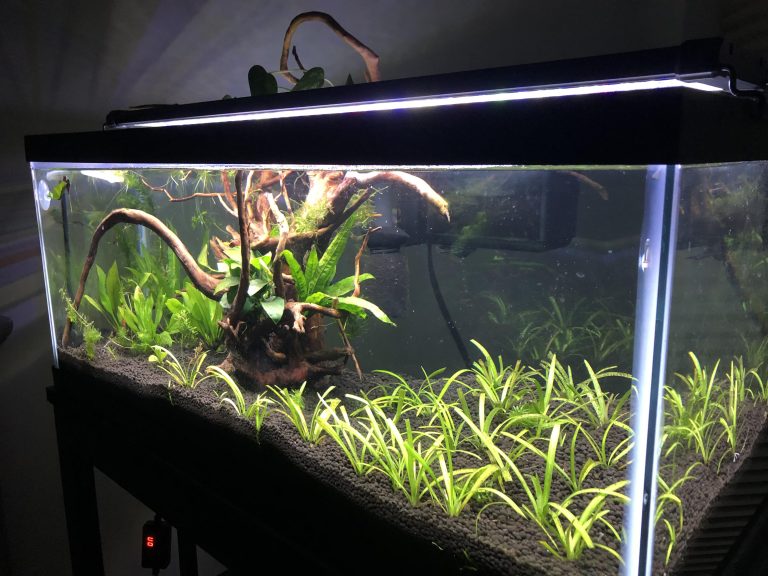Why Use Sand In Aquarium
Why Use Sand in Aquarium
The use of sand in an aquarium is a topic that often raises questions among both new and experienced fishkeepers. Some people prefer the traditional gravel substrate, while others argue that sand is a superior choice. So, why use sand in an aquarium? Let’s explore the benefits and considerations of using sand as a substrate for your fish tank.
Improved Aesthetic Appeal
One of the main reasons aquarium enthusiasts choose to use sand as a substrate is for its aesthetic appeal. Sand creates a natural and visually pleasing look that mimics the bottom of a natural aquatic habitat. It provides a clean and pristine appearance, highlighting the colors of the fish and other decorations in the tank. The fine texture of sand also enhances the overall beauty of the aquarium.
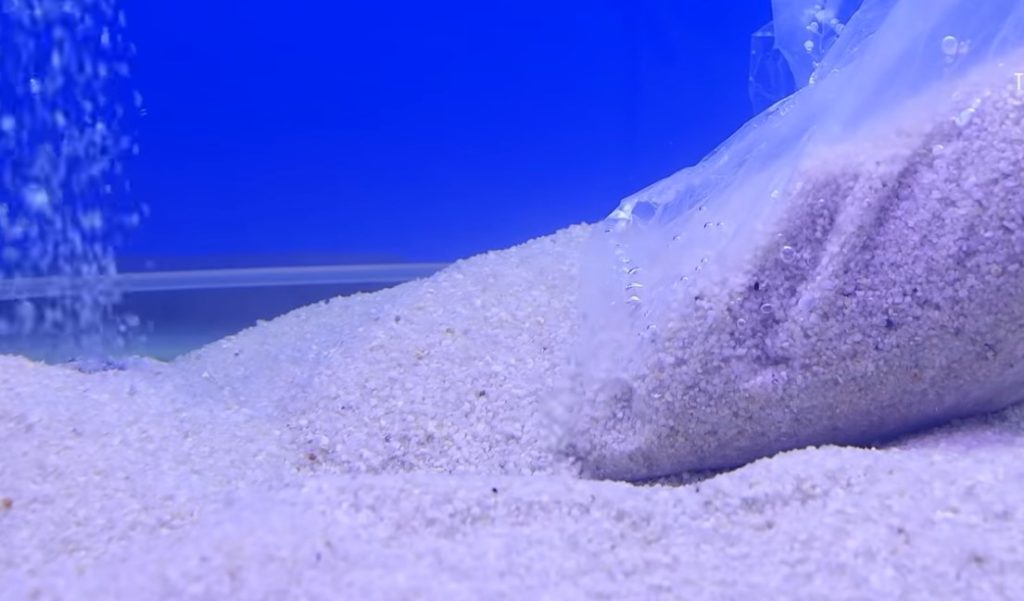
Gentle on Fish and Plants
Another advantage of using sand in an aquarium is its gentle nature. Unlike gravel, sand does not have rough or sharp edges that can potentially harm the delicate fins and barbels of fish. It is particularly beneficial for bottom-dwelling fish species, such as catfish or loaches, as they can sift through the sand without injuring themselves.
Additionally, sand is preferred by many aquarists who keep live plants in their tanks. It allows plant roots to anchor securely and grow deeper into the substrate, promoting healthy plant growth. Some plant species, such as carpeting plants, require fine-grained substrates like sand to spread and form a lush carpet across the tank floor.
Natural Behavior Encouragement
Sand also promotes natural behavior in aquarium inhabitants. Many fish species, especially those from sandy habitats, are known to dig, burrow, or sift through the substrate searching for food. By providing a sand substrate, you offer your fish a more natural environment that mimics their natural habitat, encouraging their natural behaviors and reducing stress.
Improved Water Filtration
Sand can act as a natural filter bed in an aquarium, particularly if you incorporate a sand bed filtration system into your setup. The fine grains of sand trap debris and waste, preventing it from circulating in the water column and potentially causing ammonia spikes and other water quality issues. This can result in cleaner and clearer water, creating a healthier environment for your fish.
Easy Maintenance
Contrary to popular belief, sand can be relatively easy to maintain in an aquarium. While it may require more careful vacuuming during water changes compared to gravel, routine maintenance can be simplified by using a gravel vacuum designed for sand substrates. Gently hovering the vacuum over the sand reaches the debris without causing disturbance. It is important to note that not all types of sand are suitable for aquarium use, and it is essential to choose an aquarium-grade sand that does not contain harmful substances or excessive dust.
Frequently Asked Questions
Q: Can I use any type of sand in my aquarium?
While sand can be a great choice for an aquarium substrate, not all types of sand are suitable for aquarium use. It is important to choose an aquarium-grade sand that is specifically designed for use in fish tanks. It should be free from any harmful substances, such as chemicals or heavy metals, and should not cause cloudiness or excessive dust in the water.
Q: How deep should the sand substrate be?
The depth of the sand substrate largely depends on the size and type of fish you keep. In general, a depth of around 1 to 2 inches is sufficient. However, if you plan to keep fish that burrow or sift through the sand, you may want to consider a deeper substrate to accommodate their natural behaviors.
Q: Will sand affect the pH of my aquarium?
Sand itself does not typically have a significant impact on the pH of the aquarium water. However, if you choose sand that contains minerals or rocks that can alter the water chemistry, it may have an effect on pH. It is always advisable to test the water parameters regularly and monitor any changes when introducing new substrates.
Q: How do I clean sand in my aquarium?
Cleaning sand in an aquarium is relatively simple. During routine maintenance, use a gravel vacuum designed for sand substrates to gently hover over the sand, removing any debris or waste. Avoid disturbing the sand excessively, as this can cause cloudiness in the water. Regular water changes will also help maintain water quality and keep the sand substrate clean.
Final Thoughts
Choosing the right substrate for your aquarium is a personal decision that depends on various factors, such as your fish species, aesthetic preferences, and desired level of maintenance. While both gravel and sand have their advantages, sand offers unique benefits, such as improved aesthetic appeal, gentle nature, and promotion of natural behavior. By considering these factors and selecting a high-quality aquarium-grade sand, you can create a beautiful and healthy environment for your aquatic pets.

